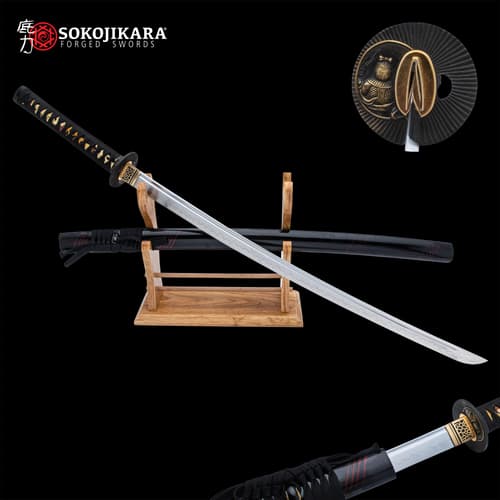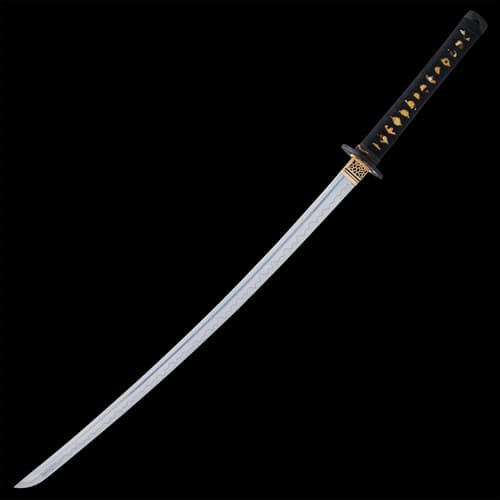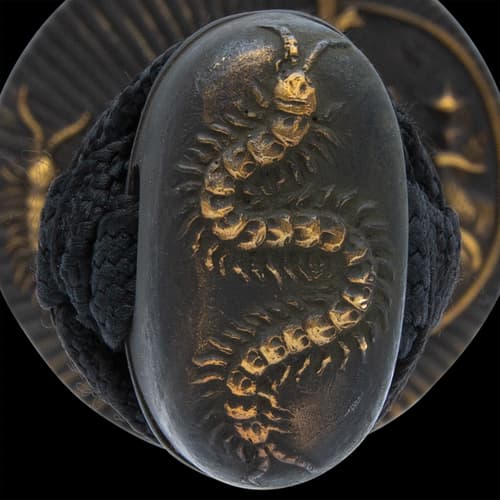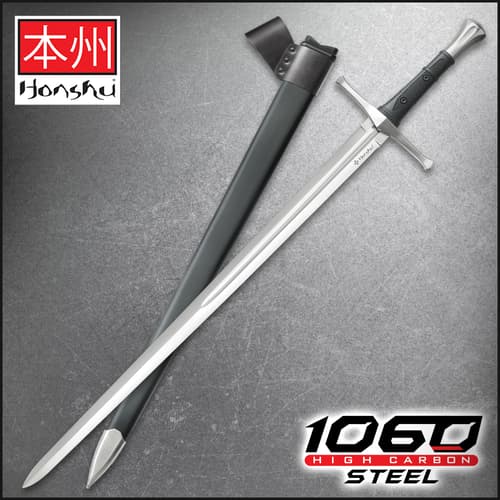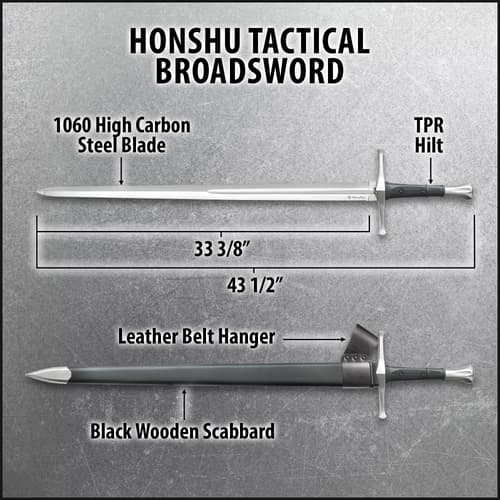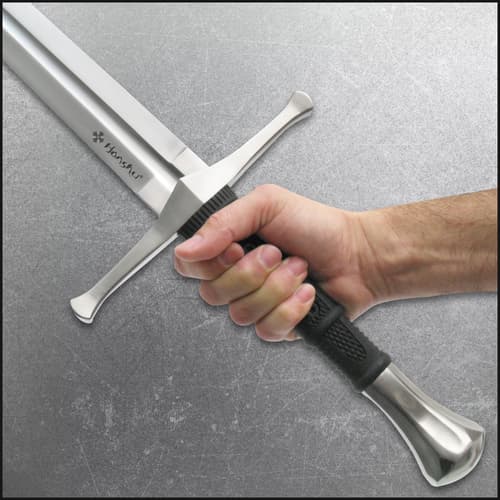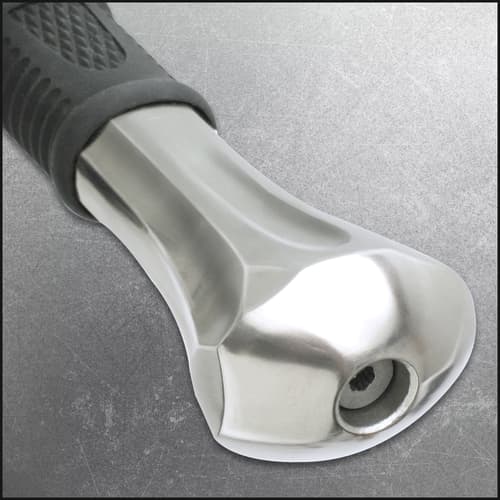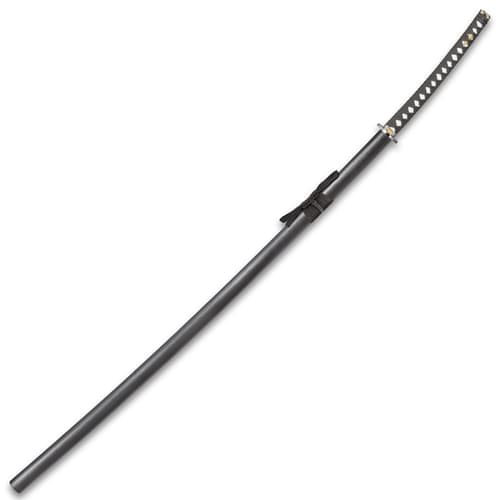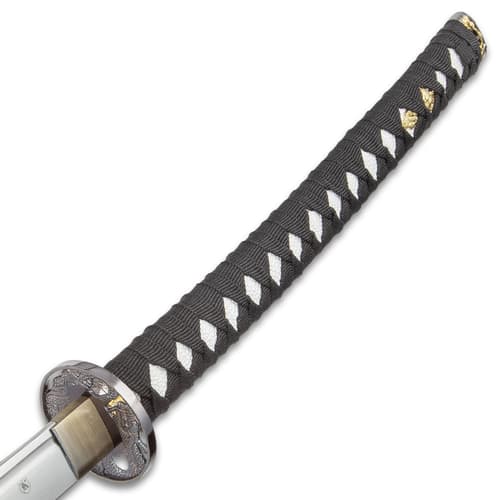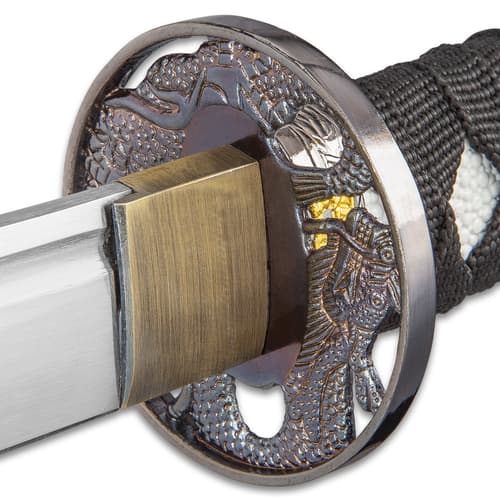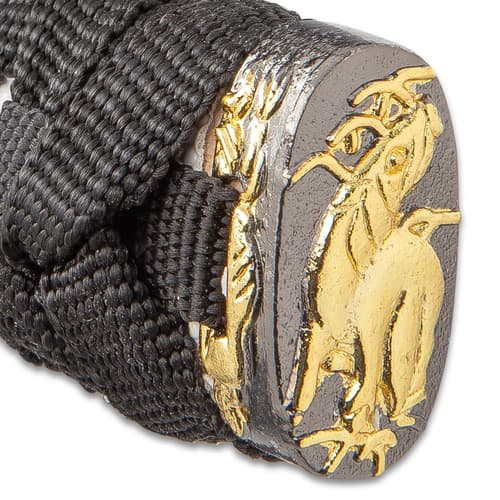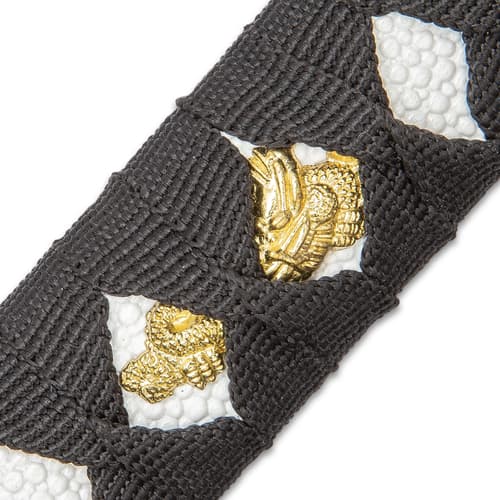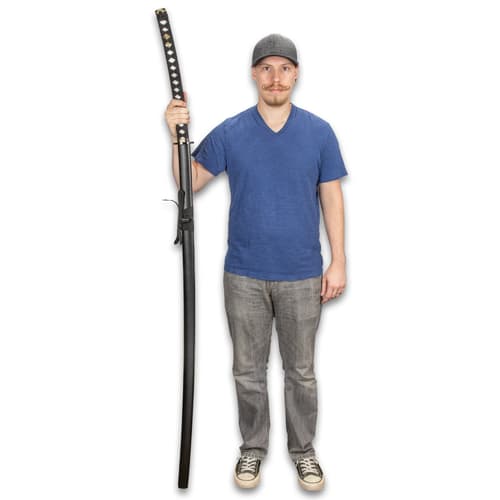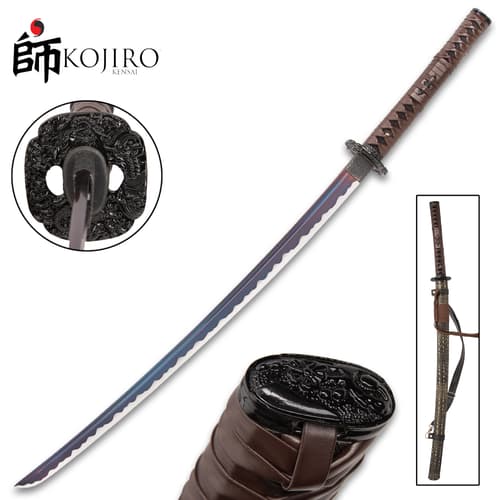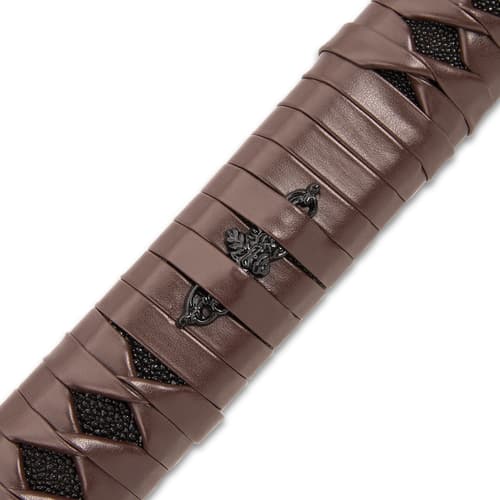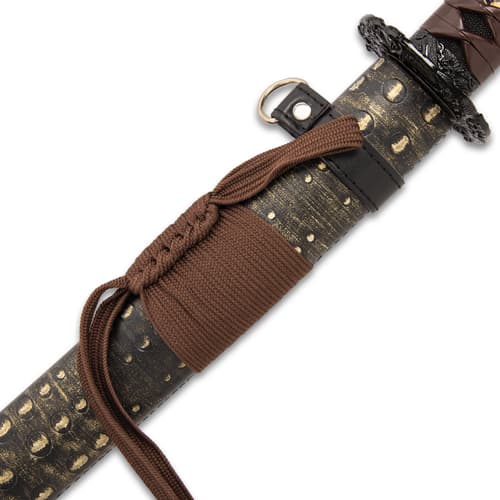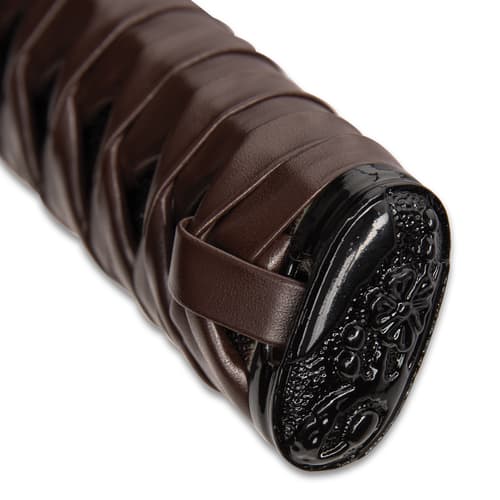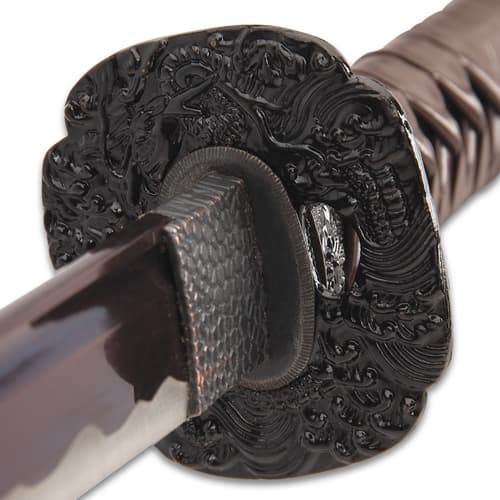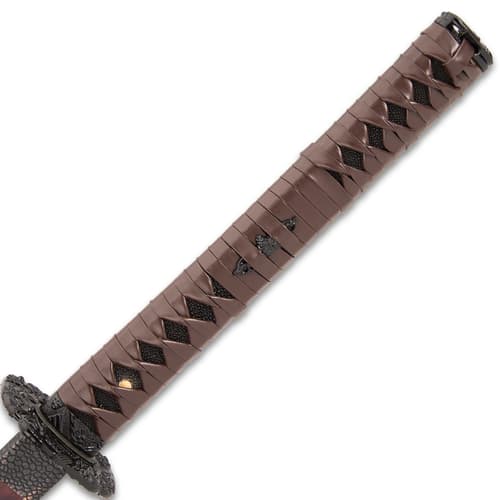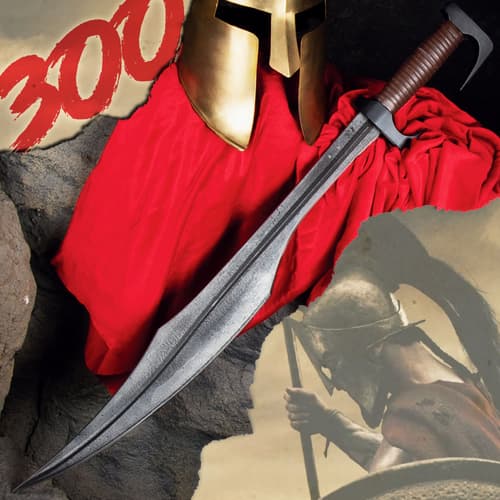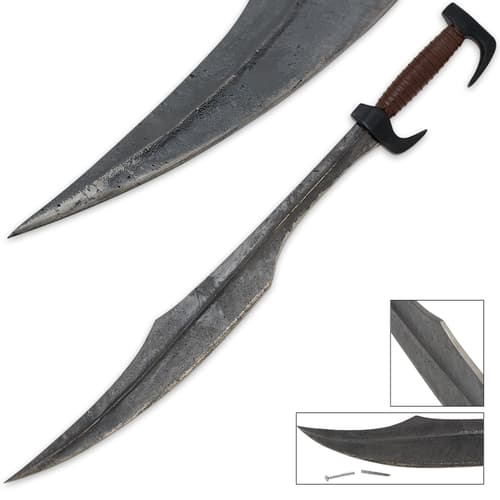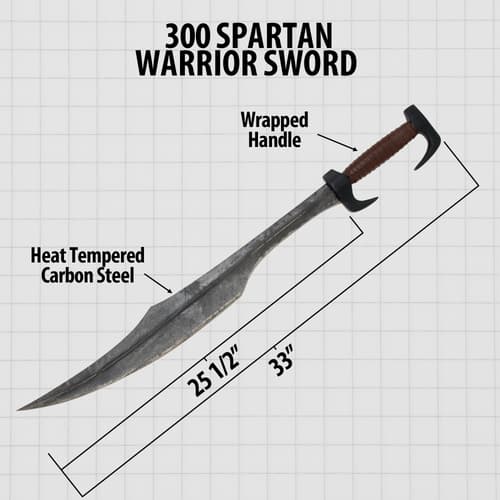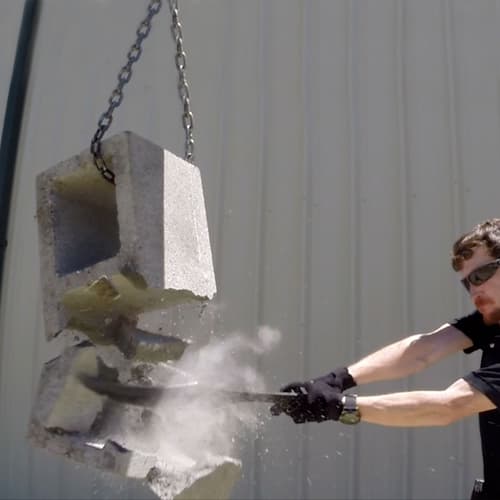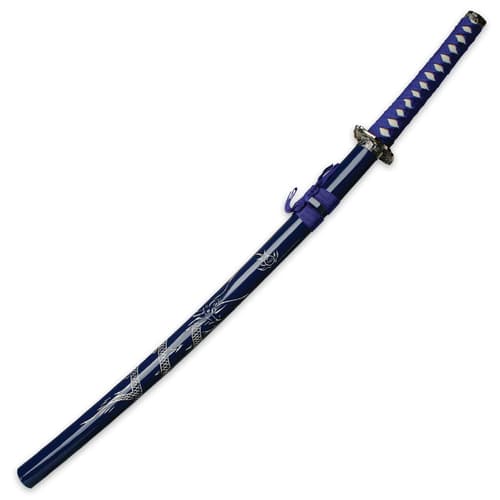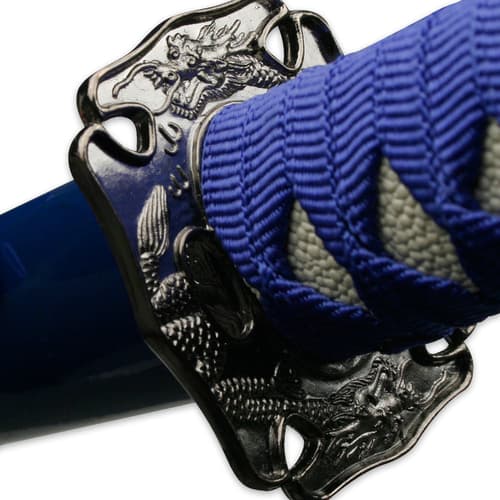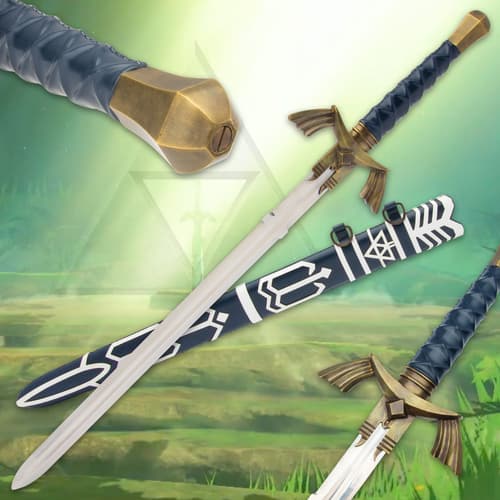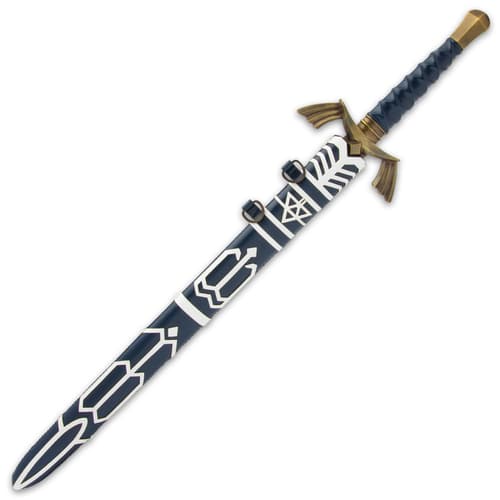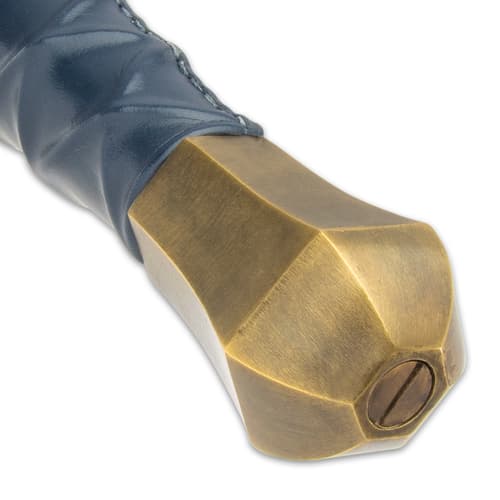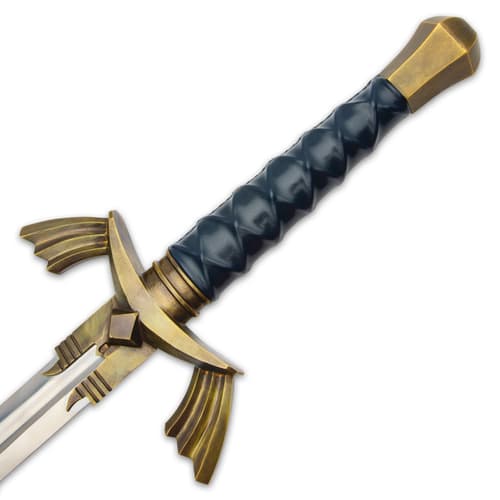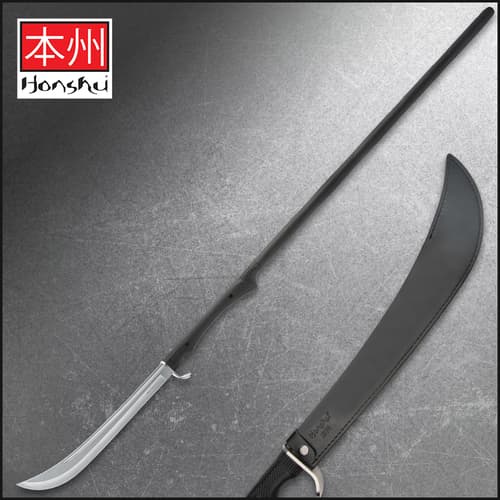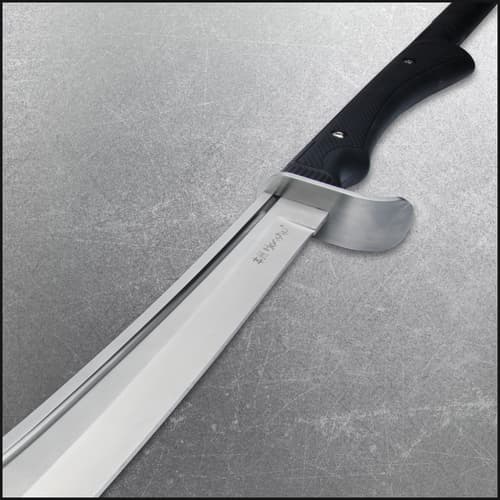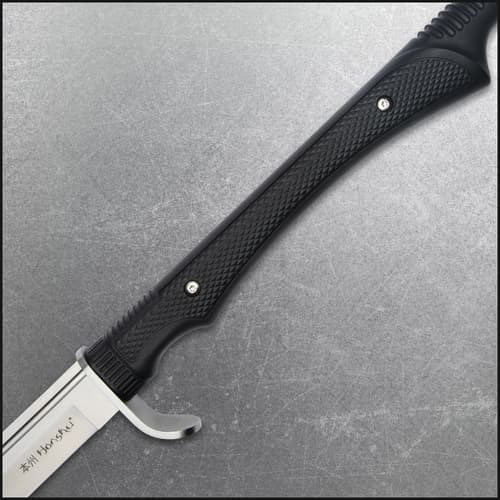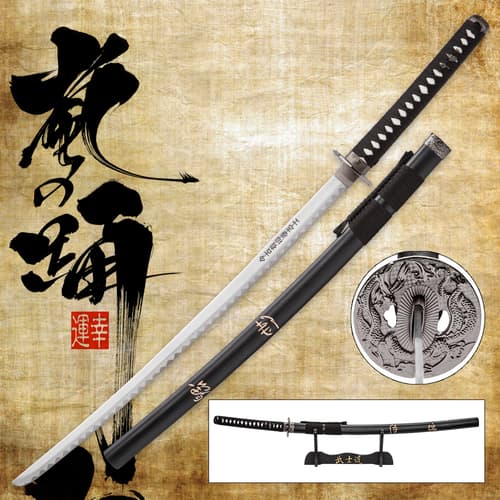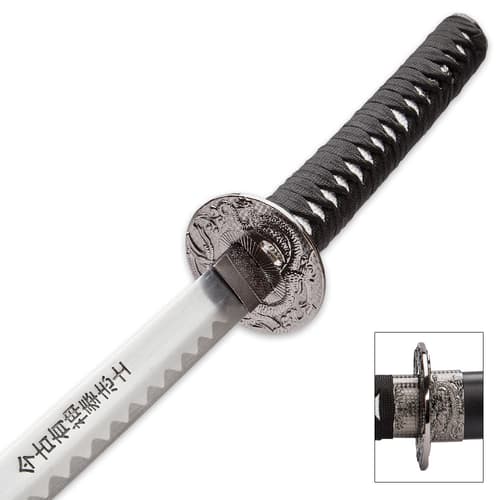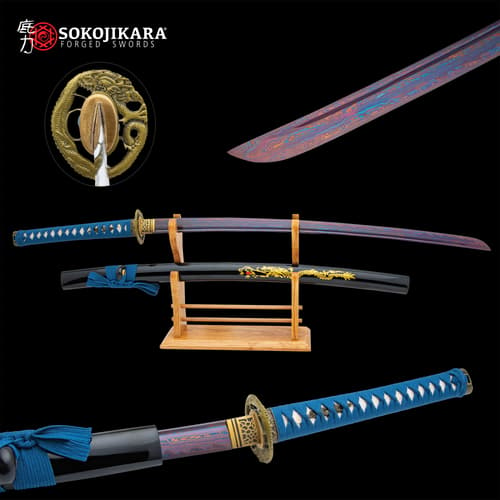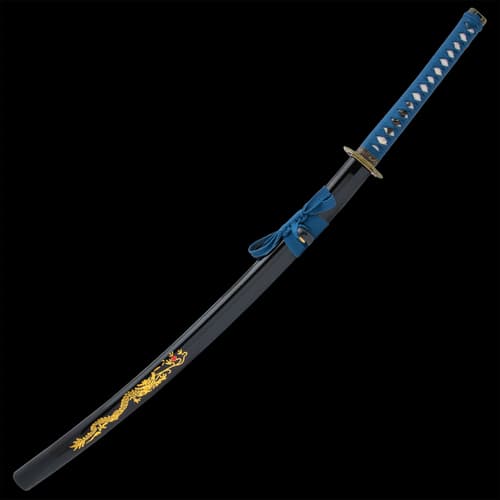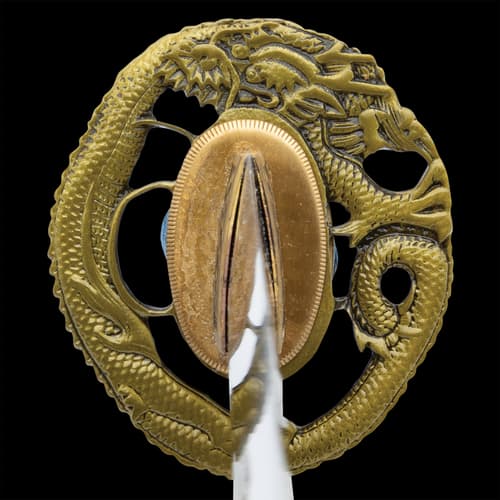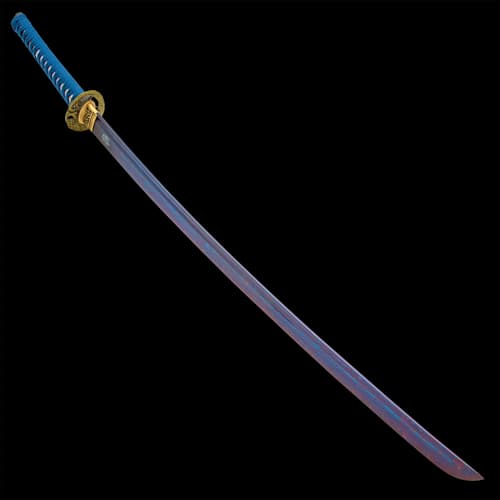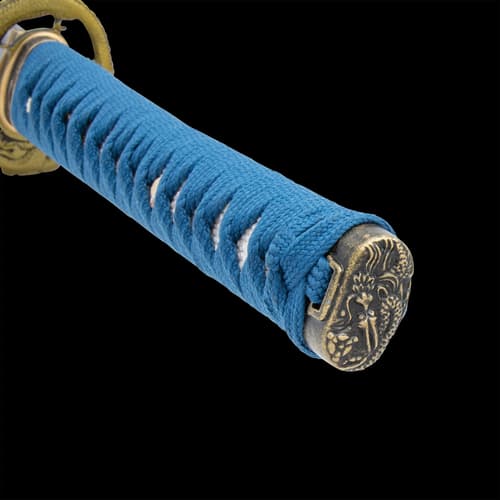Common Battle Ready Sword Patterns and Profiles


History is rich with a dizzying array of battle-ready swords and weapons from all across the globe. Some of these patterns are more common than others, and many of the more prevalent and historically attestable sword profiles and patterns are replicated in our collections. Take a look through this guide which details some of the more recognizable sword patterns and profiles, replicas of many of which we carry in our collection of battle ready swords..
Western Swords
The following are some of the more common sword patterns from the western world.
- Cruciform Sword Rather than being a single pattern, a cruciform sword is a sword that has a straight, double-edged blade and a crossguard that intersects the hilt at a right angle. This gives the sword the shape of a cross, hence the name. Many crusader swords were cruciform swords.
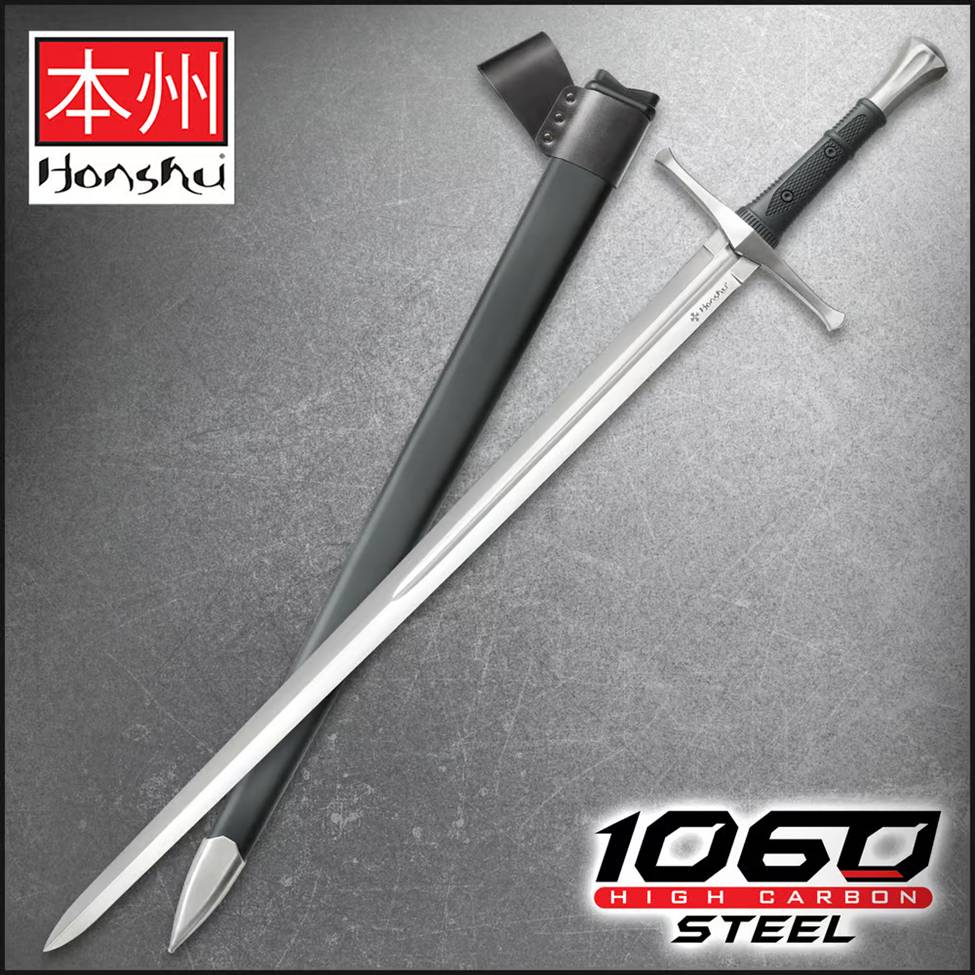

- Broadsword: Broadsword is another general designator for a sword with a double-edged blade. Often the blade would be somewhat wider, lending to the name.
- Hand-and-a-half sword: A hand-and-a-half sword is a sword that’s in the middle of the road and can be wielded with one hand, or more deftly with two, hence the name. The hilt should be big enough to get “a hand and a half” on it.
- Two-hander or great sword: Also called a bastard sword or a zweihänder (German for “two hander”), a great sword is a sword with a long blade that is intended to be wielded with two hands.
- Flamberge: A flamberge is a large greatsword with a blade that has a rippled edge, sort of like a flame, hence the name.
- Claymore: A claymore sword is a greatsword from Scotland. The name comes from the Gàidhlig word “claidheamh mòr” which appropriately means “great sword.” Most claymores had long, double-edged blades, with forward sloping quillions tipped with quatrefoils.
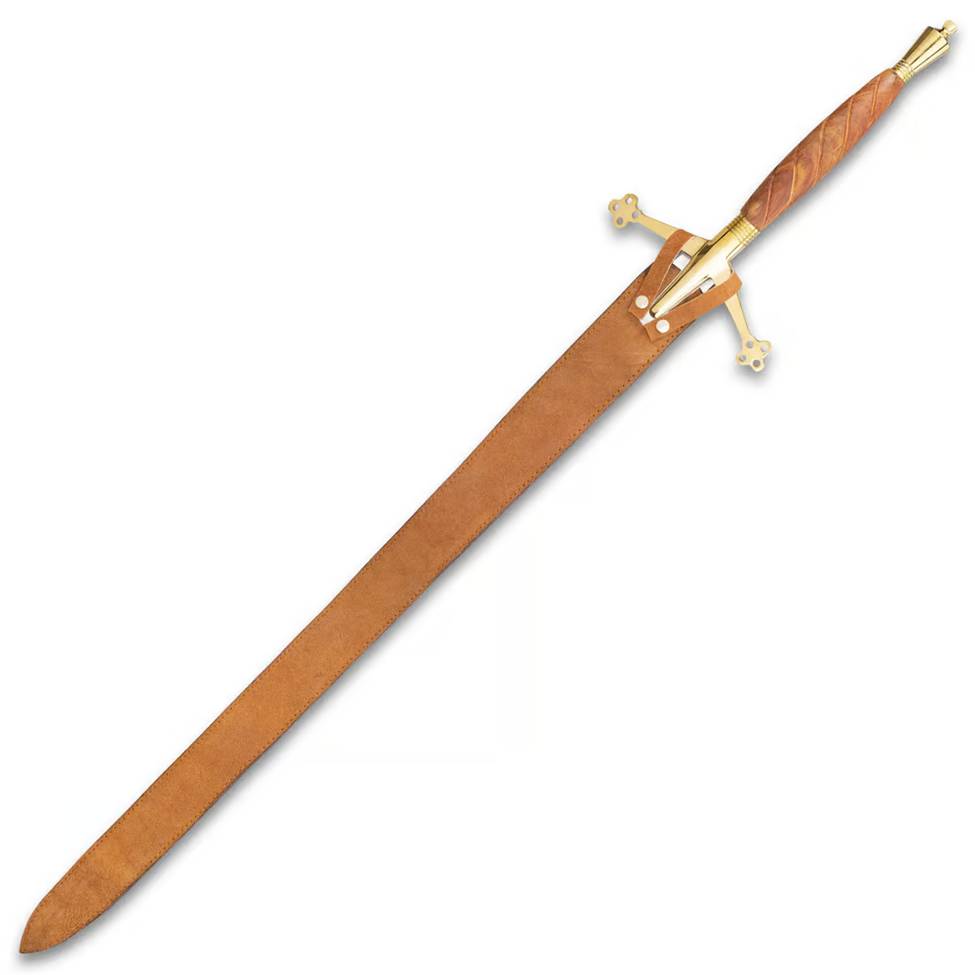

- Grosse messer: A grosse messer (German for “large knife” or “great knife”) is a large, single-edged sword, generally with a straight crossguard.
- Falchion: A falchion is a sword with a single edge that generally has a square crossguard, similar to a grosse messer, but generally smaller, and sometimes with a leaf-shaped blade designed for slashing.
- Cutlass or hanger: A cutlass, also called a hanger if it’s on the smaller side, is a single-edged sword designed to be wielded with one hand. Cutlasses have basket hilts which fully enclose and protect a user’s hand.
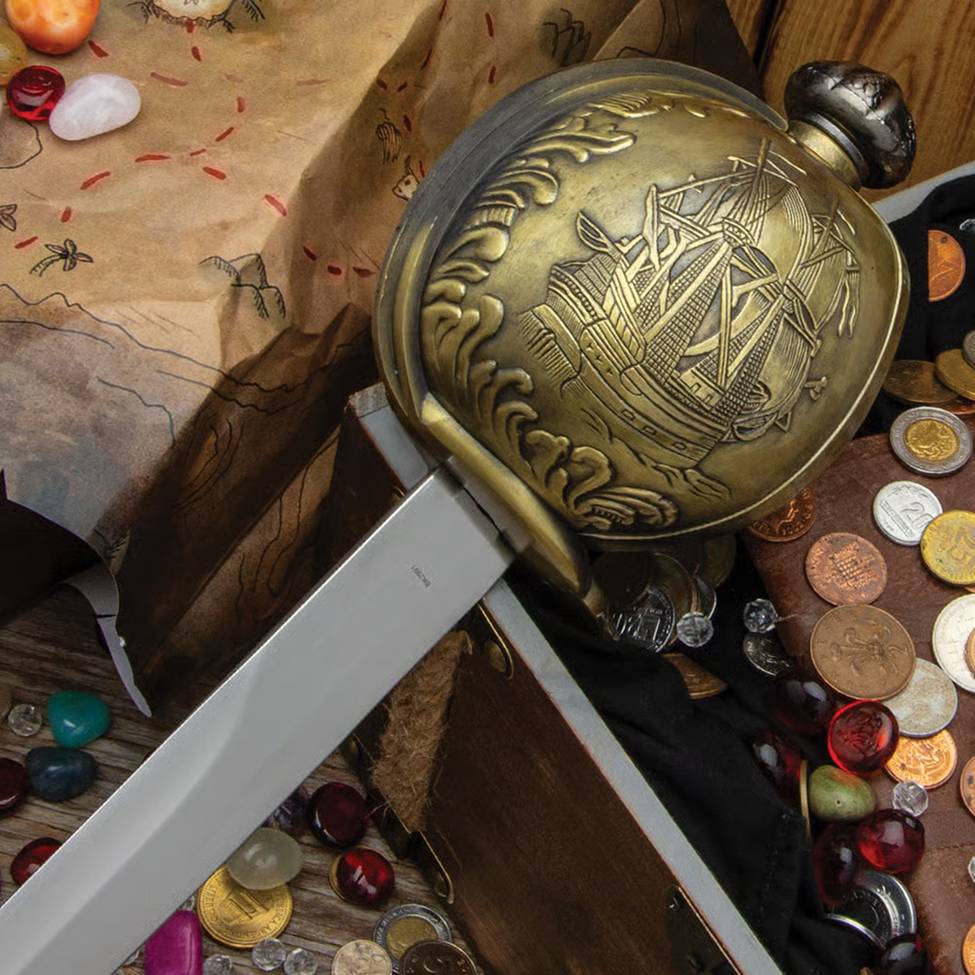

- Backsword: A backsword is a type of European sword that has only one edge; the back of the sword is either dull or has a false edge.
- Rapier: A rapier is a long, thin sword that is designed for thrusting and not well designed for slashing. Most rapiers have elaborate basket hilts which help protect the user’s hand.


- Saber: A saber is a single-edged sword, not entirely unlike a cutlass, except they tend to be slightly longer. They are also intended to be wielded one-handed, and can have either a basket hilt or a D-shaped guard that protects the user’s hand and fingers.
- Viking sword: Also called a Carolingian sword after the era in which they were produced, Viking swords are a class of European swords that have mid-length, double-edged blades, usually with a broad fuller. Most Viking swords were intended to be wielded with one hand and had pommels with 3 or 5 lobes, along with short crossguards. Some of them had elaborately decorated or engraved hilts.
- Gladius sword: A gladius, or gladius sword, is an early short sword from the Roman era. It typically features a short, double-edged blade with a point, and is a profile that is designed for both slashing and thrusting.


- Falcata: A falcata is a single-edged sword with a leaf-shaped profile that is considerably wider towards the point than the hilt. This results in a forward-weighted blade that is designed for powerful slashing and chopping strokes. Similar patterns are called kopis or makaira swords.
- Xiphos: A xiphos is a Greek sword pattern, a fairly short, one-handed sword with a leaf-shaped blade with a double edge. It is designed for both slashing and thrusting, and similar in many respects to a gladius sword, with the main difference being that it has a wider blade near the point.
- Shashka: A shashka is a unique sword profile from the Northern Caucasus region or Russia, known for being a sword of the Cossacks. It is unique in that it has a single edge and a short hilt that lacks a crossguard.
Eastern and Japanese Swords
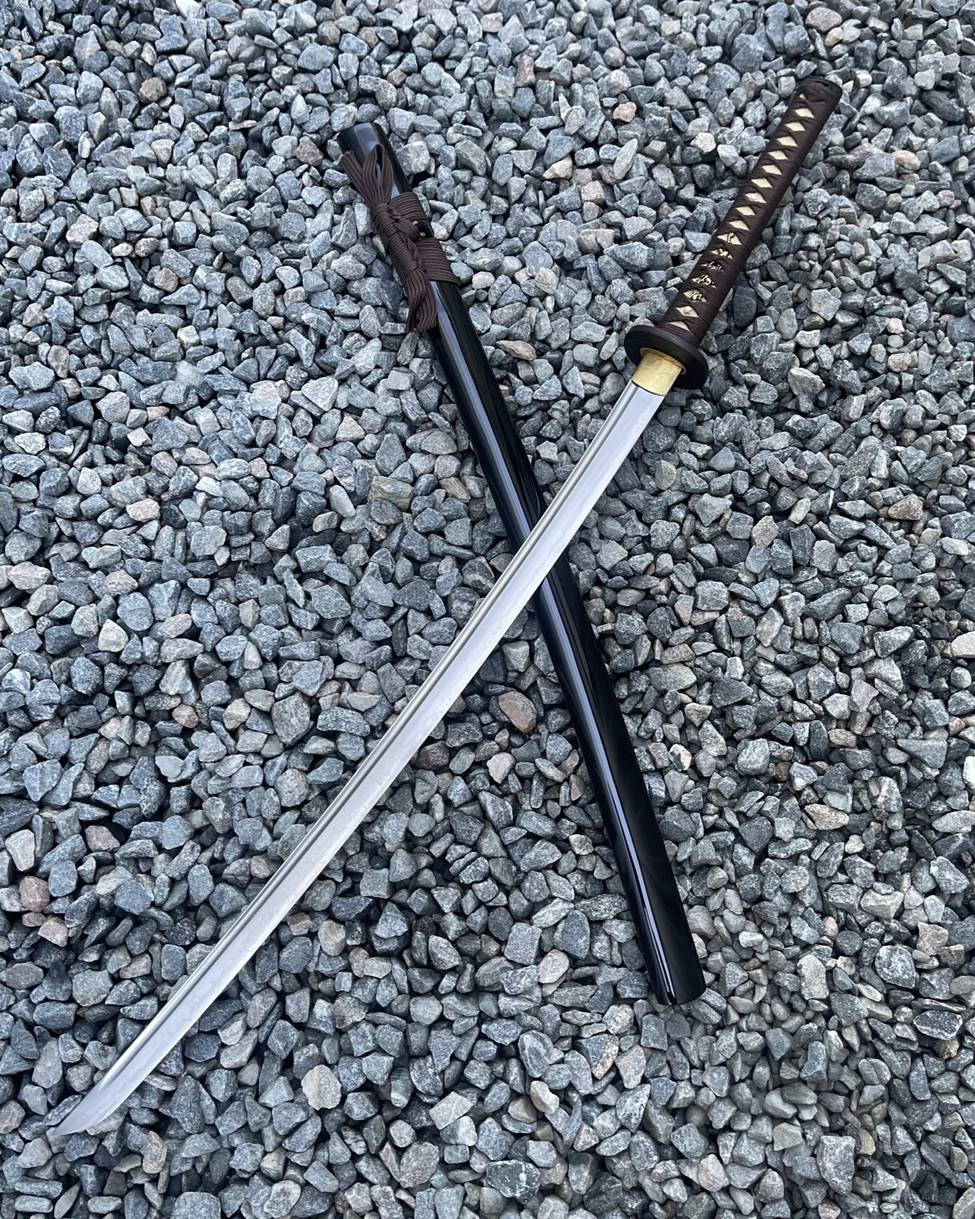

Our collection is also full of a variety of eastern and Japanese swords as well, including some of the following sword profiles.
- Dadao: A dadao is a Chinese sword pattern with a short, broad blade with a single edge. It is very like a battle cleaver and has a long handle. Designed for powerful slashing and chopping power, many dadao swords don’t even feature a sharp point.
- Changdao: A changdao is a single-edged Chinese sword very similar in pattern and profile to a katana.
- Odachi sword: An odachi sword is a Japanese sword with a long, single-edged blade and a long tsuka (hilt). It is designed to be wielded with two hands.
- Katana: The most classic of all Japanese swords, a katana is a single-edged sword with a slightly curved blade, designed for both slashing and thrusting.
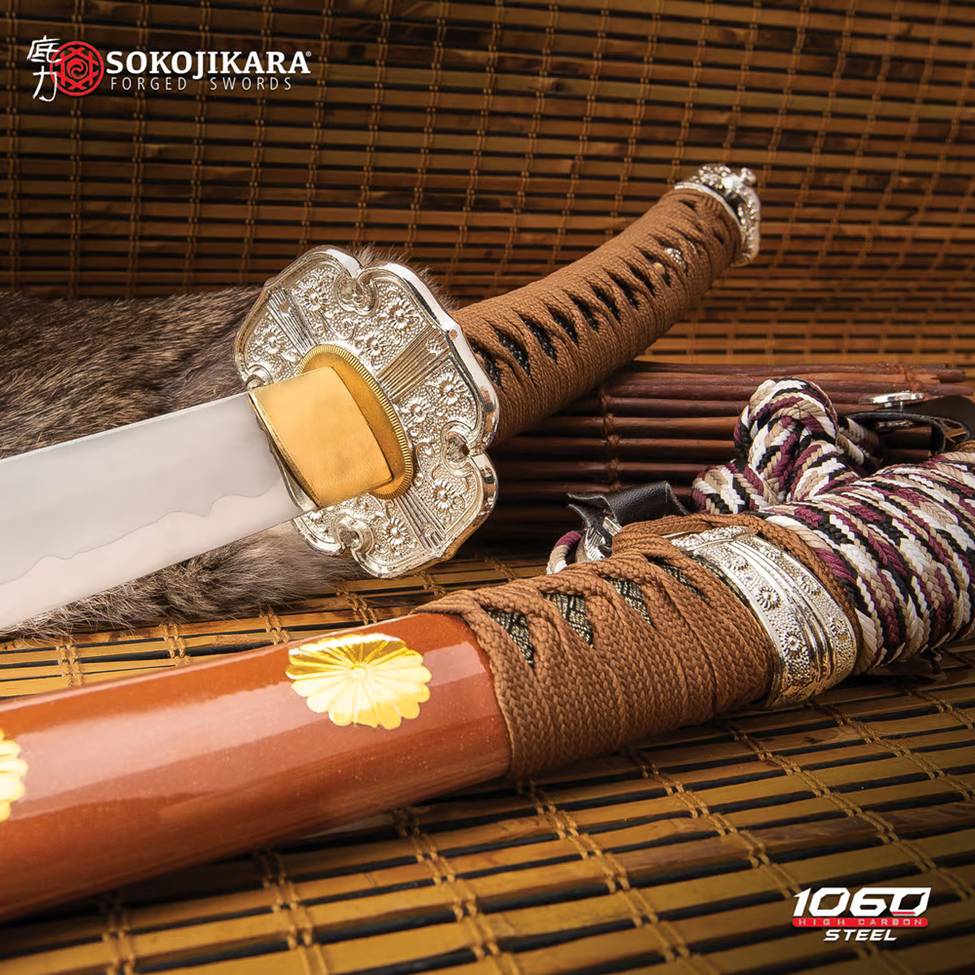

- Wakizashi: A wakizashi is basically a shorter version of a katana. When a wakizashi and katana are paired, it is a set known as a daisho.
- Talwar: A talwar is an Indian sword pattern with a single edge, designed to be wielded with one hand, not entirely unlike the sabers of the west.
- Scimitar: A scimitar is a single-edged sword hailing from the Middle East, somewhat similar to the sabers of the west. However, in lieu of a basket hilt or a D-shaped guard, most scimitars feature a crossguard and a rounded pommel.
- Shamshir: A shamshir is another Middle Eastern pattern very similar to a scimitar. The names are used interchangeably in some contexts.
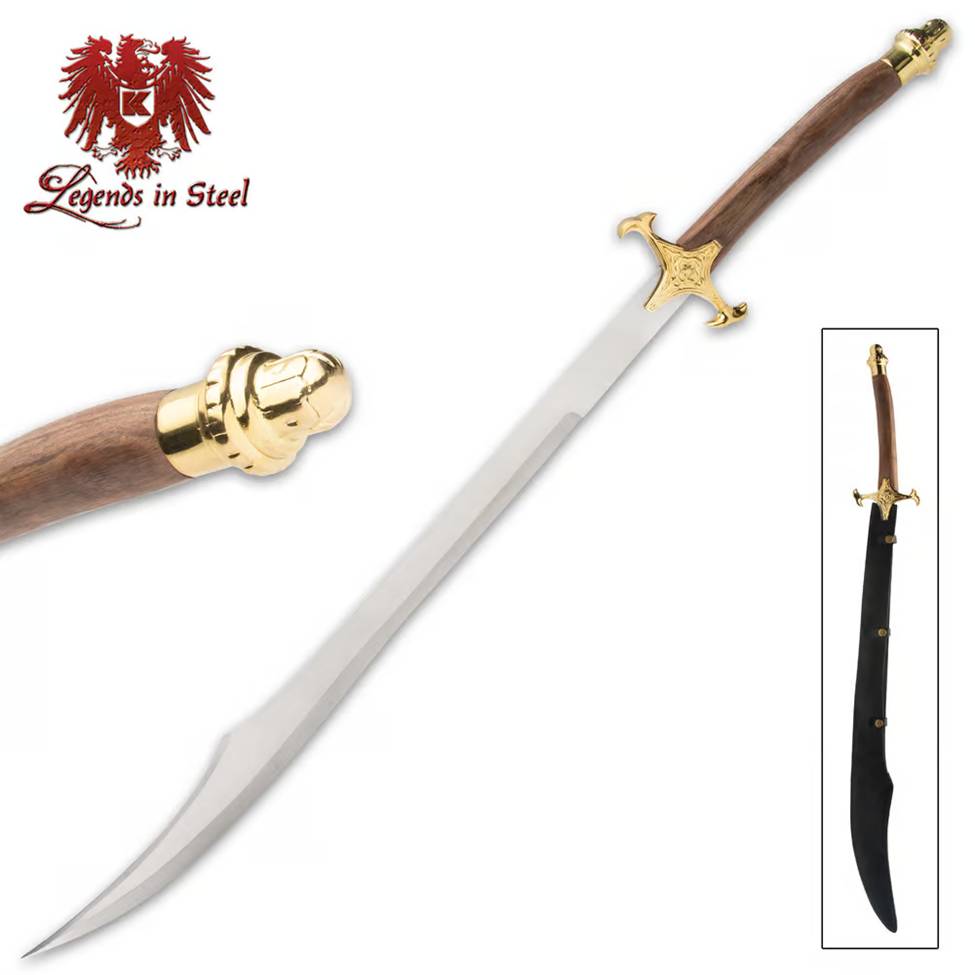

Explore Battle Ready Swords and Weapons Here
Regardless of what sword pattern you’re looking for, there’s a good chance we carry it. Shop our full collection of battle ready swords and get in touch with us directly if you’re looking for something specific.
